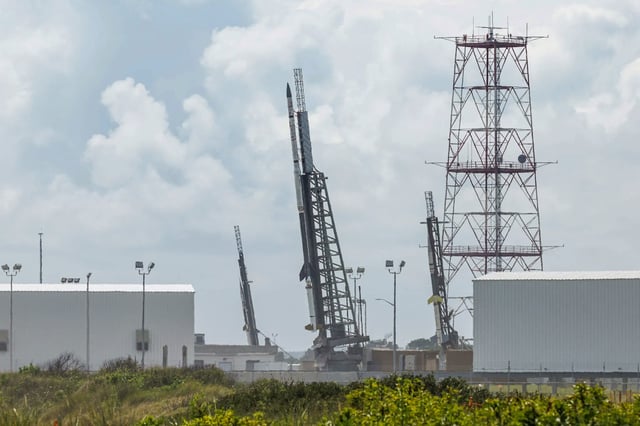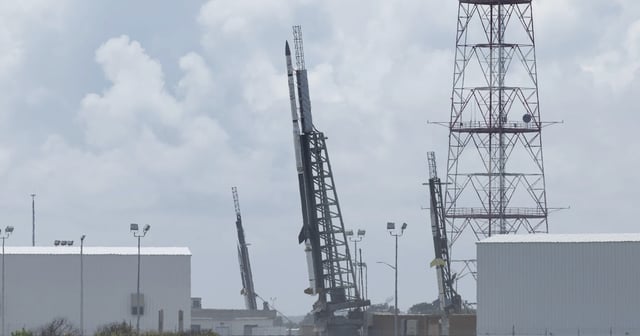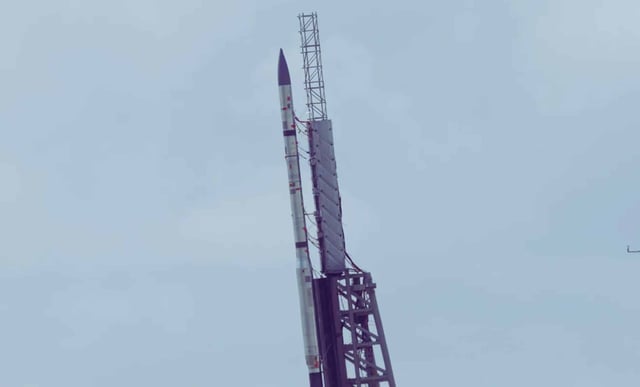Overview
- The launch window runs from 10 p.m. to 3 a.m. EDT, with a NASA YouTube livestream starting minutes before liftoff and updates on Wallops social accounts.
- Three suborbital rockets will fly in quick succession, with two launching roughly a minute apart and a third about five minutes later.
- The mission focuses on the mesopause about 53–65 miles above Earth to map winds and measure density that can drive turbulence and increase satellite drag.
- The first pair will release vapor tracers made from small amounts of barium, lithium and an aluminum compound, which NASA says are not expected to harm people on the ground, while the third uses a laser to track them.
- Multiple attempts since Aug. 18 were scrubbed by poor weather and high seas linked to Hurricane Erin, and additional opportunities reportedly extend through Sept. 3 if needed.


